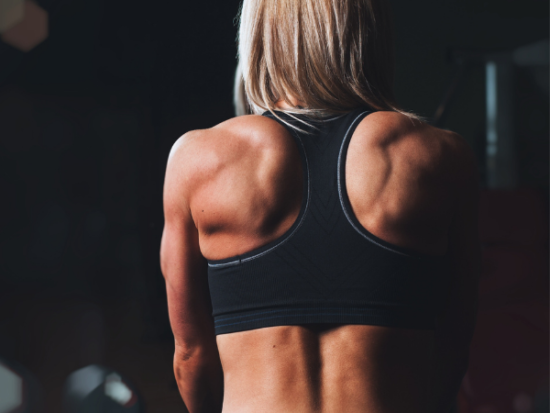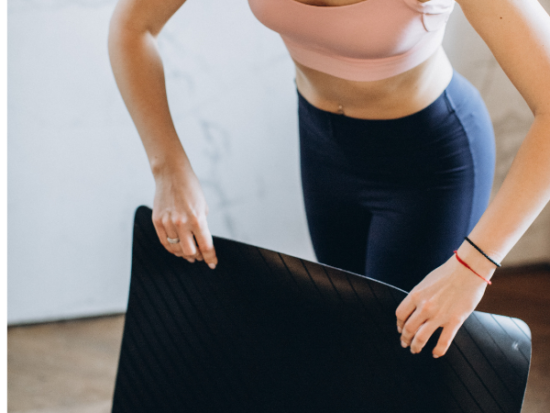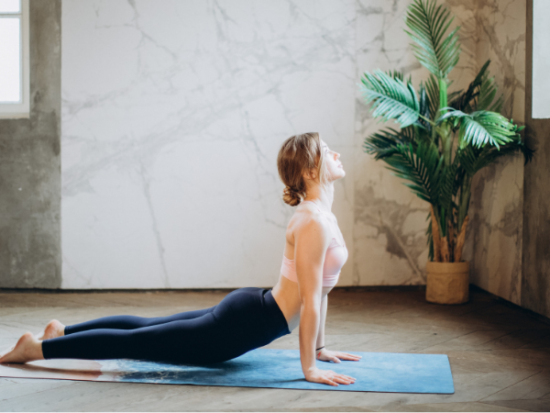Cat-Cow stretch – everything to know and learn
The Cat-Cow stretch or Chakravakasana combines the Cat pose (Marjaryasana) and Cow pose (Bitilasana). It is used in yoga exercises to improve posture and balance during a gentle warm-up sequence. Practiced for many years by many yogi masters and students, both the Cat and Cow poses are not new in the field of meditation by any means.
Their Sanskrit names translate literally to their English names. Marja for cat and bit for cow, plus asana, which means posture. Both poses stretch the lower spine, hips, back, and core muscles.
It can also help with neck injuries and back problems. Often used for meditation, the combined stretch can open the chest and lungs for easier breathing.
Types of Stretches
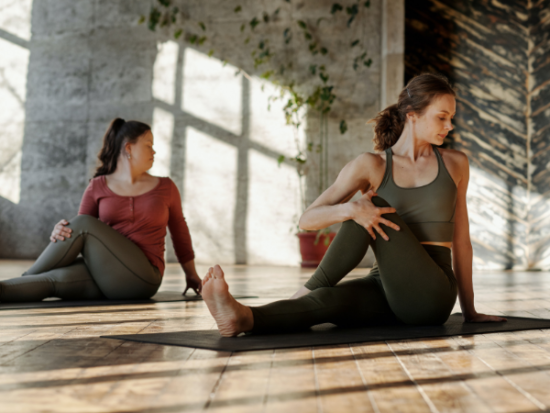
Before doing some of the more advanced yoga poses, stretching must be done. When you start any physical activity by stretching your muscles, you reduce the risk of injuries. Stretching increases your flexibility and range of motion. There are four common types of stretching: active, passive, dynamic, and proprioceptive neuromuscular facilitation (PNF) stretching.
Active stretching is actively flexing your muscles and limbs. Passive stretching is simply holding a pose and letting your muscles accommodate the position. Dynamic stretching is doing repetitive stretches and increasing your range of motions for each set.
PNF involves table stretching and with the help of a certified stretch therapist. This is used for people with injuries or weakening muscles.
How to do the Cat-Cow stretch
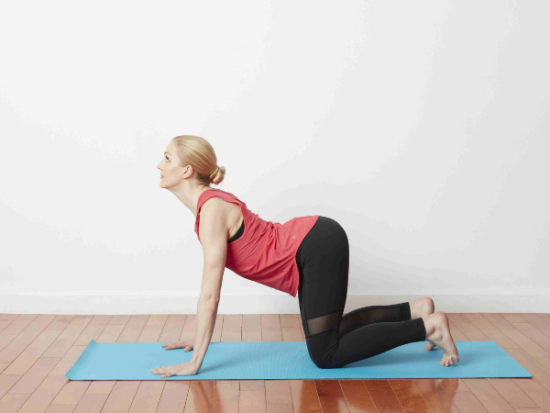
Photo Credit: verywellfit.com
The Cat-Cow pose is easy to do. First, get on your hands and knees on the yoga mat as you would in a table pose. Make sure your neutral spine position is good to go, not too high and not too low.
Look at the floor about three feet in front of you. Make sure your hips and wrists are in line with your knees. Your elbows and shoulders should also be perpendicular to the floor.
You can start with the cat pose, inhaling in a relaxing manner. Drop your head towards the floor but do not force your chin to your chest. Remembering, you are doing this pose to help yourself relax and relieve stress. Round your spine outward, tucking in your tailbone, and drawing your pubic bone forward. Hold this pose for a couple of seconds.
As you move into the cow pose, lift your head, relax your shoulders away from your ears, and gaze straight ahead. While exhaling, lift your sit bones upward, press your chest forward, and allow your belly to sink.
Exhale slowly and hold this position for several seconds. You can inhale again by returning to your original pose. Repeat this 15 to 20 times or as needed.
Related Article: Tips on How to Run Faster
Benefits of the Cat-Cow pose
The Cat-Cow pose is more than just an inhale and exhale exercise. Although that is a big part of the stretching exercise, it is more about being in a state of relaxation while providing your body the stretching it needs. The Cat-Cow should also be a gentle flow between two poses. While doing the stretch, you shouldn’t feel any discomfort or body strain.
The physical benefit of the pose is that it stretches the back, core, and neck muscles. It softly stimulates and strengthens the abdominal organs as well as opens the chest for easier breathing. The spinal movement is also said to stimulate organs like the kidney and adrenal glands. Not to mention, it will improve your posture.
Coordinating the combination of movements with breathing exercises will help calm your mind and relieve stress. Many yoga instructors recommend this pose after a long day or just before bed, and it doesn’t take much time or energy, and that’s exactly the point. The Cat-Cow stretch is made for relaxation and meditation.
Can you modify this combination pose?
There aren’t many modifications for this particular stretching pose. Due to its easy execution, you won’t need anything else apart from your body and yoga mat or something to cushion your arms and knees. You can also do the stretch using a chair or the standing Cat-Cow if you want to switch it up a little bit.
For the chair, just sit with your spine in a neutral position against the back of the chair. You will mostly be using your upper body for this but try to incorporate your lower limbs.
Bend forward for the Cow pose and bend backward for the Cat pose. While standing up, you will do the same. Remember to not put too much pressure on your back or knees while standing.
How long should you do the Cat-Cow stretch?
Due to the relaxing nature of the stretch, it can be done by itself or with a different combination of other stretches and yoga poses. The Cat-Cow pose can be done for 15 to 20 sets, but you can do it for far longer. Some prefer to do this for meditation and yoga, while others prefer it as an added stretching exercise, even for highly physical activities like running or hiking.
Related Articles
The best thing about the Cat-Cow stretch is that it can also be done almost anywhere. It can be executed pretty much anywhere from your bedroom to a yoga studio to a spacious park to your office nap room. Try this in your desk chair when you feel your back needs a bit of stretching after sitting for too long.
Summary
The Cat-Cow stretch is recommended for people of all ages and sizes. It is a low-impact stretching exercise that can be done pretty much anywhere at any time, and it can be done for ten minutes or up to an hour, depending on the person. The stretch can help you relax and breathe easier while helping you stretch sore muscles.
The pose is even recommended for people with neck or back injuries but only for a limited time and without intense strain on injured or weak muscles. If you’re feeling particularly stressed out after a long day at school or work, try the Cat-Cow pose and see if it works for you. If you experience wrist or knee pains, adjust your position or modify the pose.

